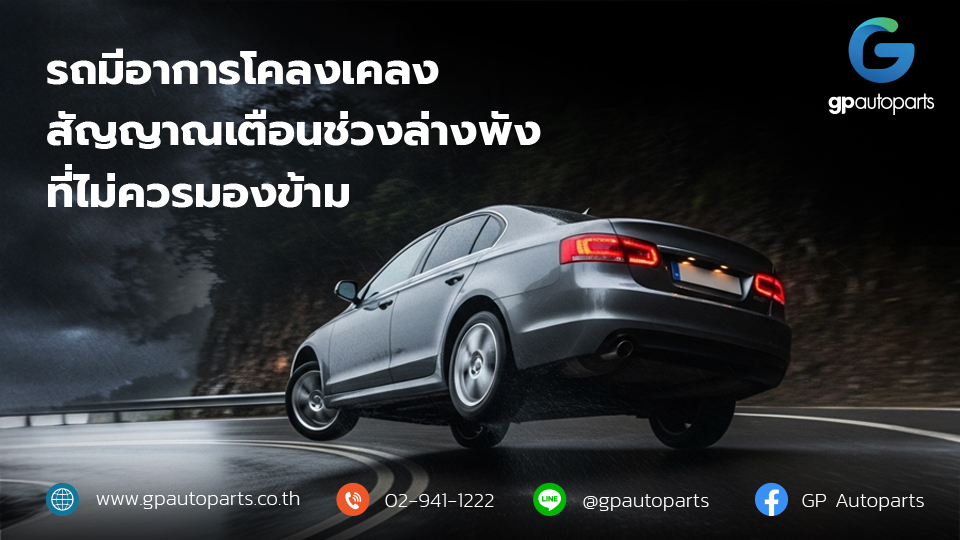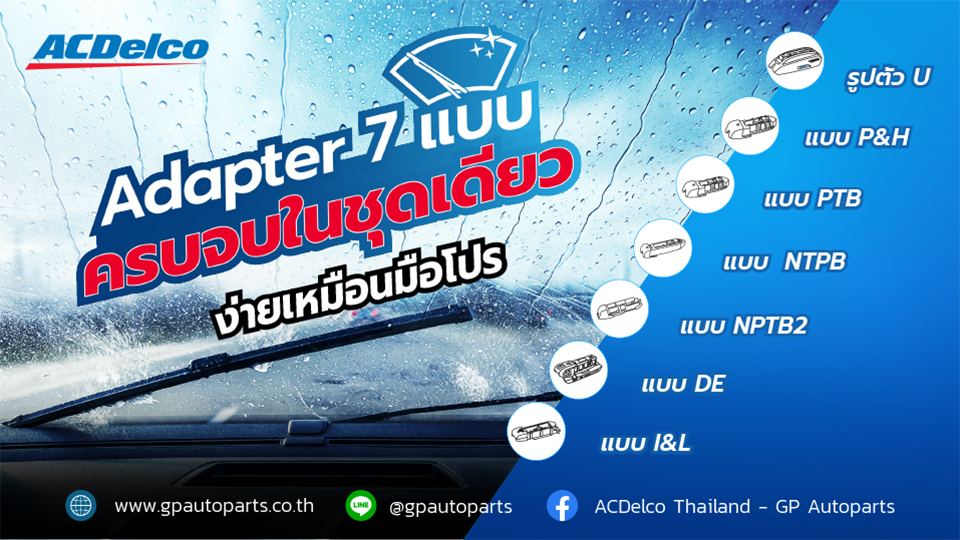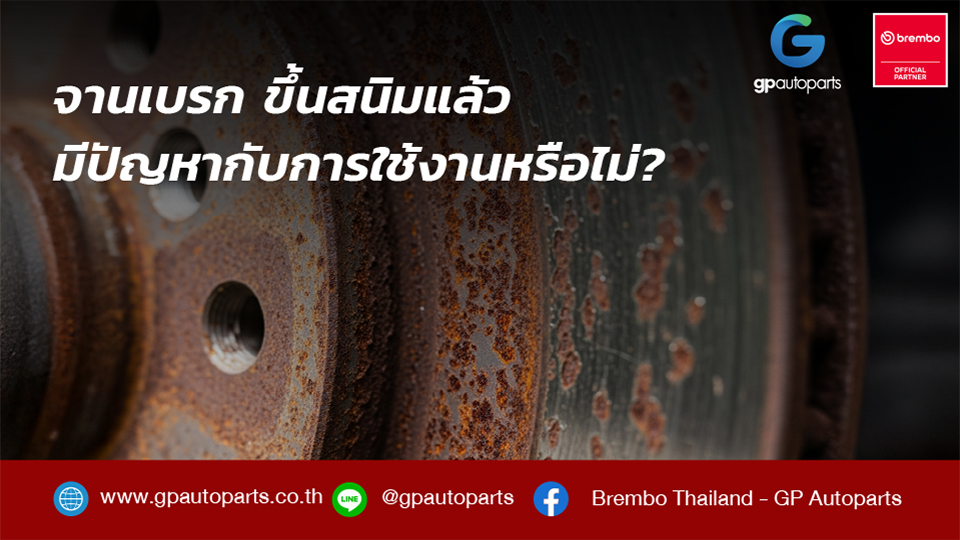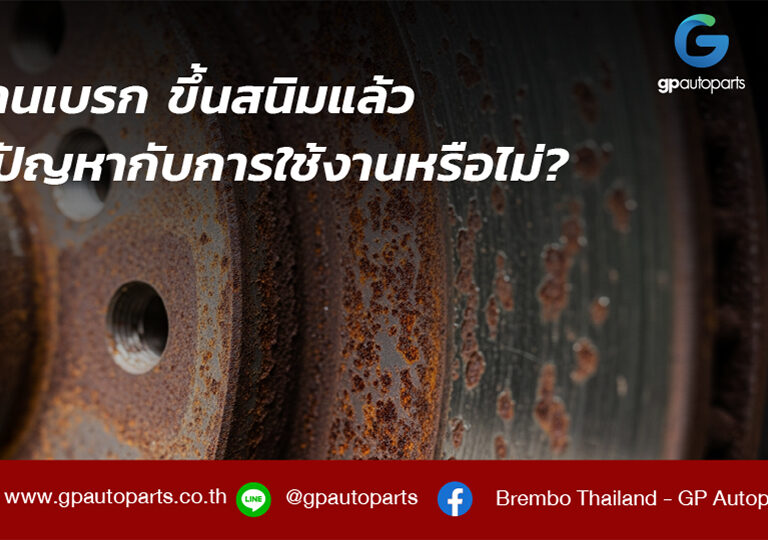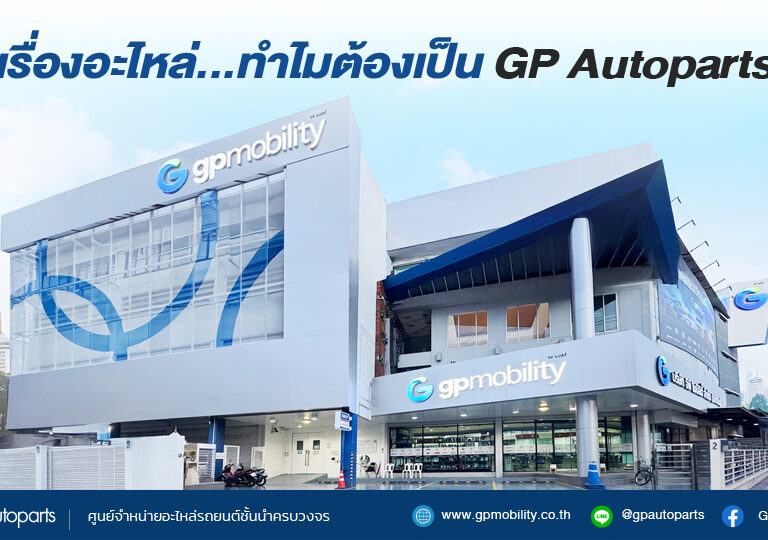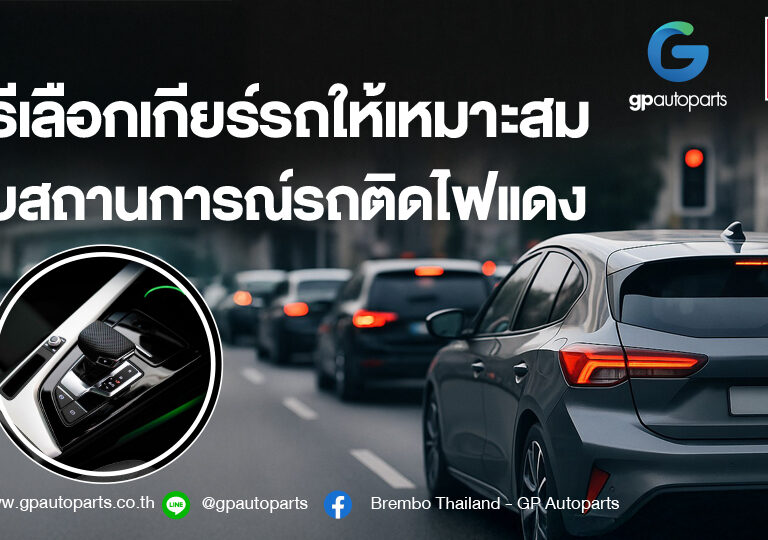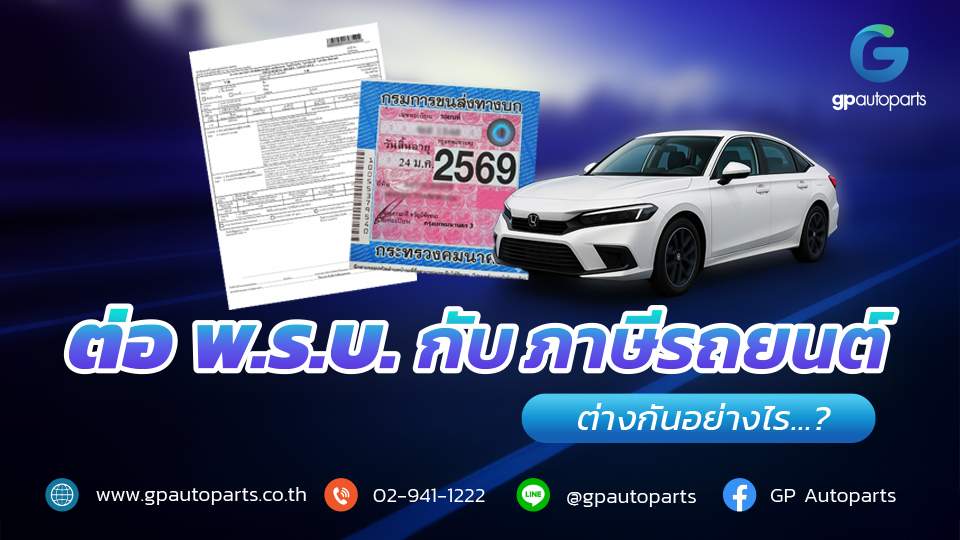
What’s the Difference Between Por Ror Bor (Compulsory Motor Insurance) and Annual Car Tax in Thailand? (Updated 2025)
For every car owner in Thailand, renewing Por Ror Bor (Compulsory Motor Insurance) and paying the annual car tax are mandatory yearly responsibilities However, many people still confuse the two, thinking they are the same This article will clearly explain the key differences, updated with the latest information for 2025. Por Ror Bor (Compulsory Motor Insurance) – Protects People Por Ror Bor refers to the Compulsory Motor Insurance Act, which requires every registered vehicle in Thailand to have this coverage. Coverage: Provides financial protection for victims of road accidents, including medical expenses, funeral costs, and compensation for drivers, passengers, and third parties. Renewal: Must be renewed annually. Without it, vehicle owners cannot renew their annual car tax and may face fines. Proof: Policyholders receive a Por Ror Bor insurance policy document, issued by an insurance company as legal proof of coverage. Annual Car Tax (Car Registration Sticker) – Covers the Vehicle The annual car tax is a government fee that every car owner must pay once a year to legally use their vehicle on public roads. Purpose: The collected tax is used to maintain and improve Thailand’s road infrastructure, bridges, and transportation systems. Validity: Each payment covers 1 year (365 days) from the date of renewal. Owners can renew up to 90 days in advance before expiration. Proof: Once payment is completed, owners receive a car tax sticker, which must be displayed on the vehicle. Penalty: If the tax is not renewed for more than 3 years, the vehicle registration will be suspended, requiring re-registration and possible backdated fines. Required Documents (for Private Cars) Vehicle registration book (or a certified copy) Valid Por Ror Bor insurance certificate (not expired) Vehicle inspection certificate (from an authorized inspection center – Tor Ror): Cars over 7 years old Motorcycles over 5 years old Where to Renew Annual Car Tax Department of Land Transport (DLT) offices nationwide Walk-in or book an appointment via the DLT Smart Queue app Online via DLT e-Service: https://eservice.dlt.go.th/ Thailand Post Offices: Submit documents and pay at any nearby post office Counter Service: Available at 7-Eleven and other partnered convenience stores Shopping Malls: Through the program “Shop Thru for Tax” Summary: Por Ror Bor = Protects people (mandatory insurance, required to renew car tax) Car Tax = Legal fee for the vehicle (annual government tax, proof via sticker) Both must be renewed every year to ensure that your car remains legal, safe, and compliant on Thai roads.


